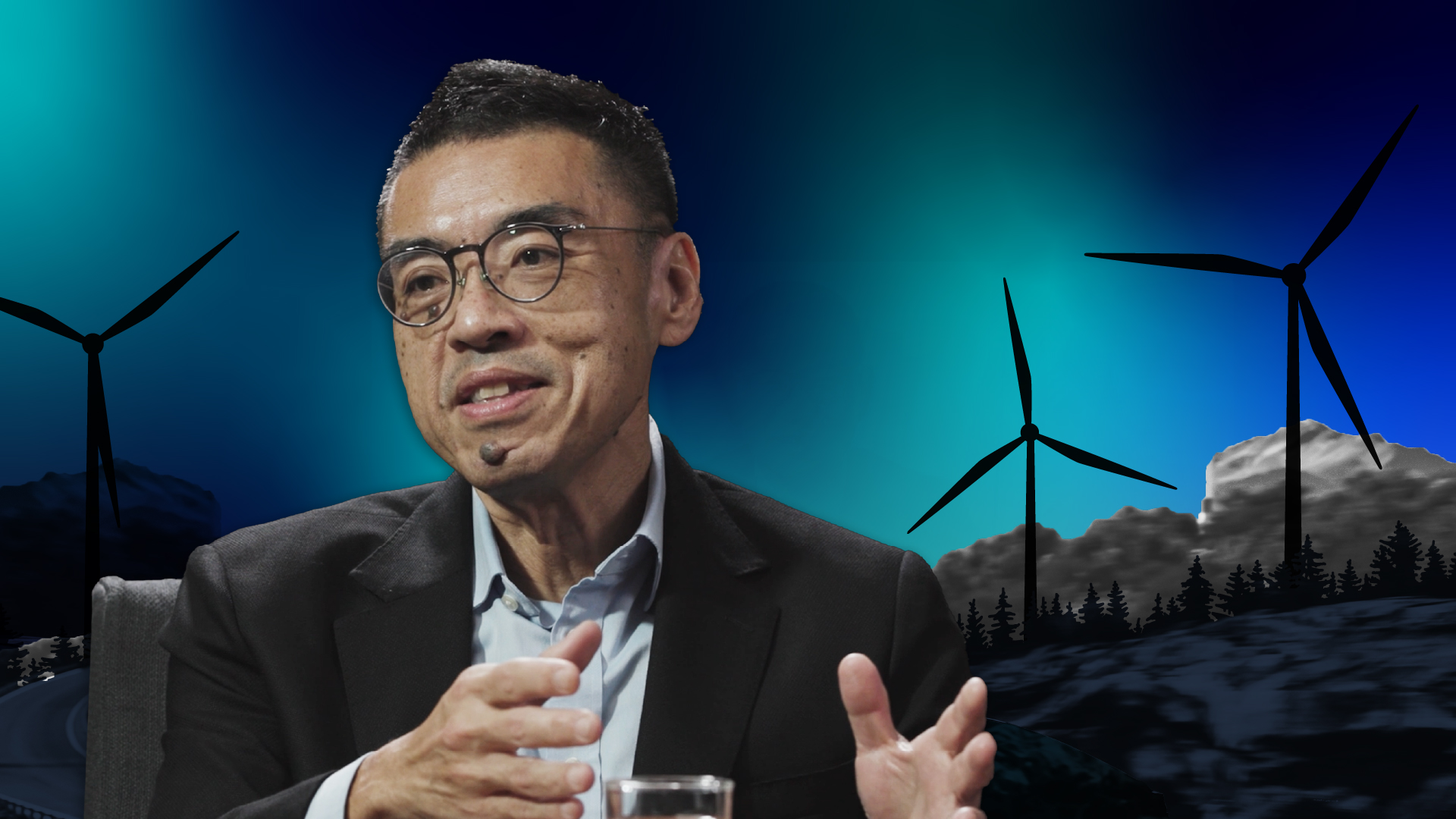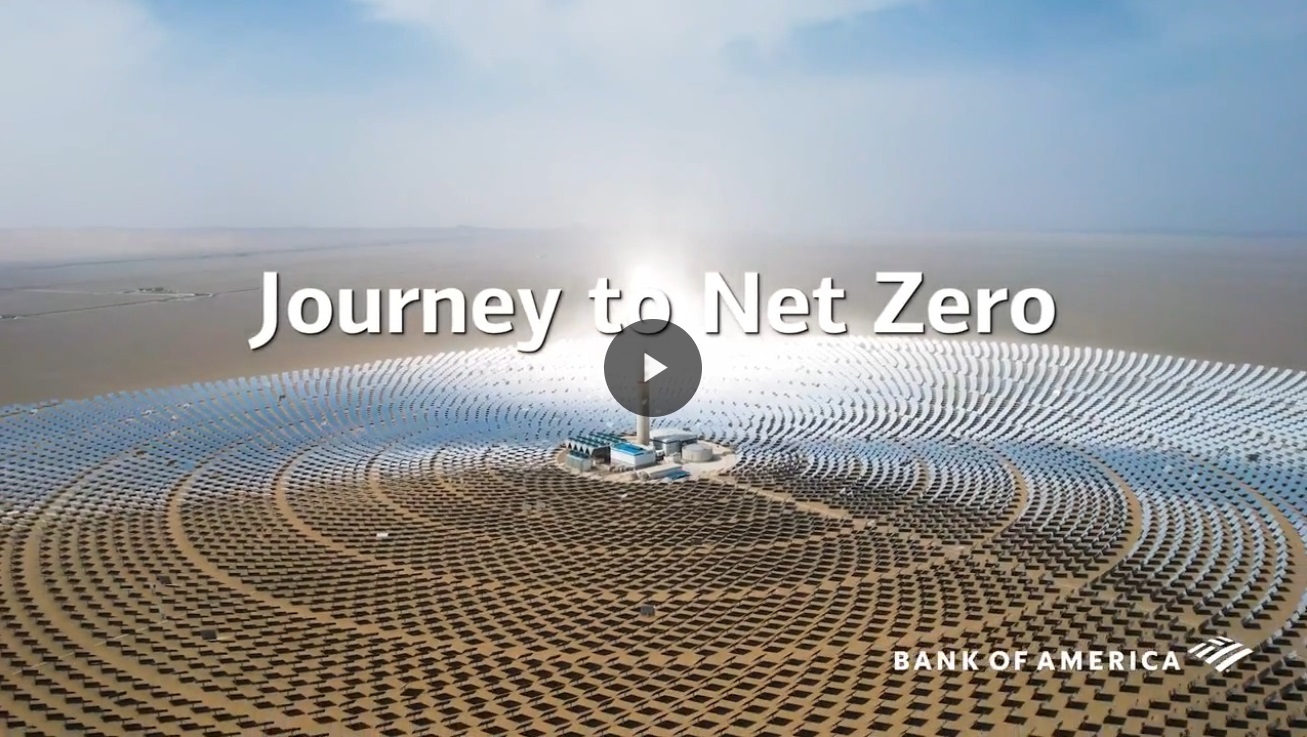As part of Bank of America’s “Journey to Net Zero” series, Dr Jeffrey Jaensubhakij, GIC’s Group Chief Investment Officer, speaks to Martin Siah, Singapore Country Executive at Bank of America, about the balance between the pursuit of net zero and profit, shifting the mindset of GIC staff, and the challenges that remain with investing in the global transition.
The interview transcript below has been edited for clarity and brevity.
MARTIN: As GCIO of GIC, you have to safeguard the wealth of a nation but also balance that against what the world needs when it comes to climate change and impact investing. How do you balance these two well?
JEFFREY: In GIC we ask, ‘Will investing in companies and technologies be good for the health of the economy, the environment, and people in the long run? Will it also be good business?’
We think that if we can reconcile that, then eventually it will be good business. Maybe it’s not the most profit-maximising in the near term but we know that in the long run it will work out.
MARTIN: Did you encounter any internal obstacles or have had to educate colleagues to shift their mindset on Environmental, Social, and Governance (ESG) issues?
JEFFREY: I think ESG has been a journey for GIC. We set up a Sustainability Committee about six years ago with the idea that we needed to have people who dedicate a little bit of their time to making sure that we really understood what the scientific issues, and the potential policy and cost implications were for the companies and the industries that we’re invested in.
Then the second question to ask is, ‘What are some of the actions that GIC would have to take immediately? Are there companies that we should immediately divest away from because they were most at risk? What were some of the activities that we ourselves were doing that needed change?’
The Sustainable Investment Fund (SIF) that was set up in GIC tries to take the stance that there are technologies that will develop and be helpful for energy efficiency, climate mitigation, and resource efficiency.
We were also of the belief that if we invest in those [technologies] then the demand will come. By pulling in people from the different departments it also had a demonstration effect. So, for instance, if someone from real estate finds an opportunity by investing in companies that produce better building materials that can make money, the rest of their colleagues within real estate could also see it and say, “Maybe I can do that too.” I think it had a little bit of that desired effect, so much so that now there are other sustainability-focused investment portfolios that are set up in both public and private markets.
MARTIN: Our research demonstrated that every one in ten dollars of global bond funds is focused on ESG investing. There are about US$1 trillion of real estate bonds in Asia-Pacific but less than 2% focused on green bonds. What are some of your thoughts about how to bring the entire ecosystem of investors, issuers, and financial intermediaries towards accelerating the pace of ESG-related investing?
JEFFREY: The fact that there are so many funds that are set up specifically targeting ESG investments gives us a glimpse of the mindset of savers and investors today. The population at large thinks that this is a moment-defining issue and want their fund managers to be doing the right thing and to be invested in these industries.
The problem is that the number of really good green investments that the money can go into is still somewhat limited. For many companies, it doesn’t represent an existential threat yet. It’s not as if all governments have a regulation saying that by year 2030 you need to be out of this business, or you need to have net-zero carbon emissions by this year otherwise the fines will come or the cost of carbon will increase.
For most companies, there isn’t a real need to put [transition policies] in place yet. So long as that need isn’t there, then the technologies that can help, or the capital expenditure that can help, won’t get spent. The opportunities for which ESG funds can go into is still somewhat limited. I think that’s the difficulty. There is a timing consistency problem between the desire to do good today and the number of opportunities to put that money to work.
At GIC, we are taking the approach of saying, ‘[Even though] some of the technologies are not yet at commercialisation stage, we are so convinced that this is a trend that will pick up that we’ve gone earlier in the process.’ We’ve gone to venture firms that are focused on environmental sciences, green technology, and agritech. We don’t know which technologies will win but we know that the tailwind is behind them and it’s better to get in early so that we can get to know the company. Then we can understand whether or not this is a likely winner, whether they will be able to take their cost to a commercial level where they can compete with non-green, and to also put ourselves in a position to give them growth capital in future rounds.
And we’re not the only people who are taking that approach. I think large investors, thoughtful investors, are doing that more and more.
MARTIN: Some sovereign wealth funds have announced a firmer stance in terms of requiring their portfolio companies to achieve net zero in a certain number of years. Why has GIC not done this? Is it about maintaining your investing flexibility?
JEFFREY: There is the issue of announcing a destination and then figuring out how to get there.
For fund investors announcing a net zero by whichever year, there’s an easy way to get there, which is to sell all the companies that are high emitters. Unfortunately, that means you sell a lot of the emerging markets because these countries haven’t yet been able to transition to cleaner but costly technologies.
But does that mean that the world will see lower carbon emissions?
What we sell may go at a lower price and somebody else will pick it up. They might just let the company run as it is. I think we are engaged and very concerned about the issue of how the world gets to that lower emissions level to maintain an acceptable temperature path. At GIC, we’re thinking about the part that we play. Some of it may be indeed announcing divestment of some types of investments. Some of it will be working with companies that can make the transition. But I think a lot of it will be investing in the types of solutions that will help the global economy make that transition.
This is the summarised version of the full transcript. Please click on “Save As PDF” for the full transcript.








